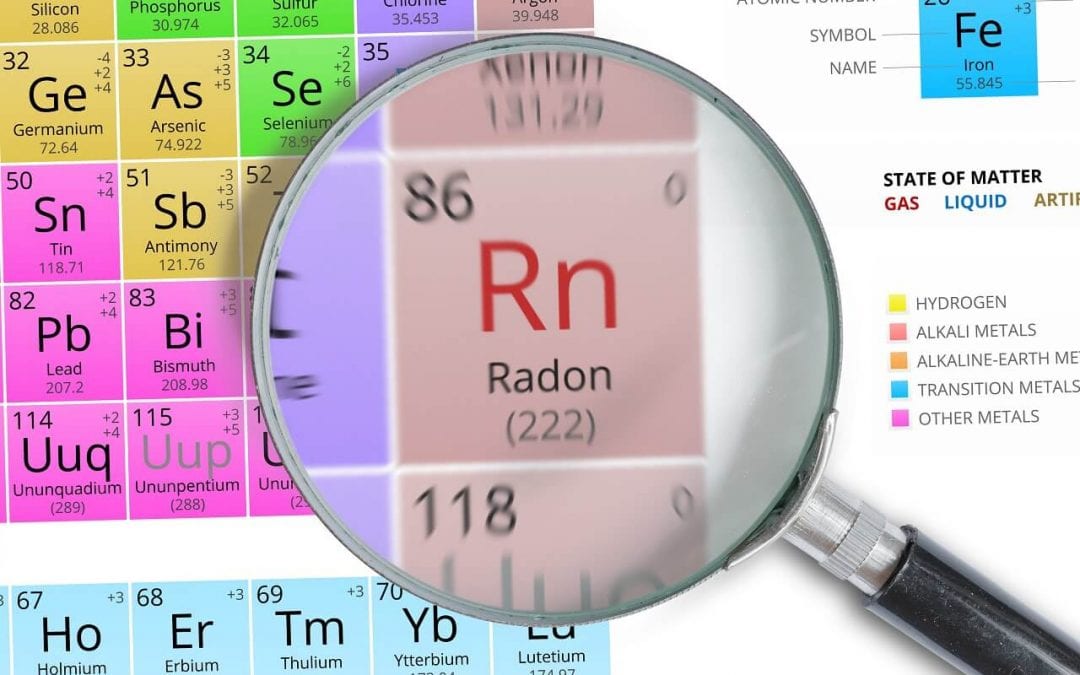You might be surprised about the second leading cause of lung cancer in the US. It is a naturally-occurring, odorless gas that can be found inside buildings at unsafe levels. This gas is called radon. According to the Centers for Disease Control, cigarette smoking is the only greater cause of lung cancer besides radon. Recent data shows that 21,000 people die from cancer due to radon gas exposure annually. Read on to learn about home radon testing.
How Radon Enters the Home
Radon comes from the decomposition of uranium in the soil. Uranium is radioactive in its natural state and radon gas is its byproduct. Uranium is found in groundwater, rock, and soil throughout the country. Radon enters a home through cracks in foundation walls, seams between a basement wall and floor, windows, and other areas. Once it enters the home, radon gets trapped and its concentration increases to unsafe levels.
How Home Radon Testing is Conducted
It does not take much radon gas to be a health hazard. 4 or more picocuries per liter (4 pCi/L) are considered dangerous by the EPA. Though kits are available for home radon testing by the owner, it is best to hire a professional. There is a chance the homeowner may not conduct the test properly, may not place the receptacles in the best areas, or may read the results incorrectly.
Professional radon testing equipment is superior to DIY kits, yielding more accurate results. Radon testing professionals are trained and licensed to conduct radon tests. Considering the health risks associated with radon, the cost of a professional tester is a worthy investment.
Corrective Measures for High Levels of Radon
If a house tests high for radon, hire a mitigation contractor to reduce levels in your home. One way is to suction the gas underneath the home and vent it outside to dissipate outdoors. It’s also important to seal all cracks, joints, and seams around the home. Usually, a radon mitigation contractor will use a combination of these methods.
Home radon testing by a professional is the first course of action. Reducing radon concentrations below 4 picocuries per liter will lessen the health risks caused by radon exposure. After mitigation, continue to monitor the radon levels and retest your home every couple of years.
Temple Home Inspection provides home radon testing to Chattanooga and the surrounding areas. Contact us to book an appointment.

